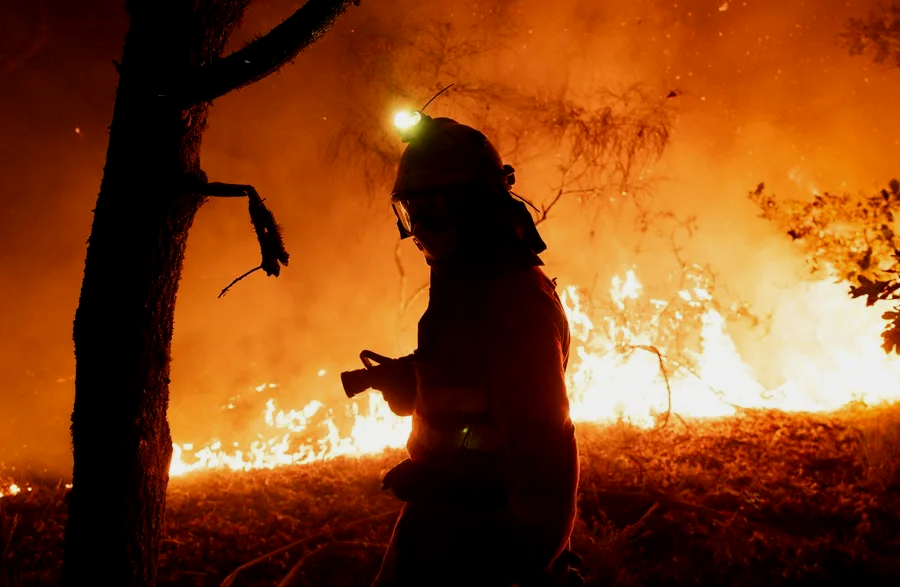The European Union is experiencing the worst wildfire season in its history, with burned areas exceeding 1 million hectares as of Thursday.
According to the data from the European Forest Fire Information System (EFFIS), analyzed by Politico, this alarming trend is evident, as reported by "European Truth".
Since January, wildfires have consumed 1.016 million hectares – an area larger than Cyprus or about one-third the size of Belgium. This marks the first time the EU has crossed the one million hectares threshold since EFFIS began monitoring in 2006. The previous worst wildfire season was in 2017, with just under 988,000 hectares burned. Almost two-thirds of this year's losses occurred after August 5, when 380,000 hectares were scorched. The vast majority of the fires have taken place on the Iberian Peninsula. Spain accounts for over 400,000 hectares, while the significantly smaller Portugal has seen more than 270,000 hectares burned – about 3 percent of its total land area. In Spain, where fire records date back to the 1960s, this year has been the most devastating fire season since 1994, according to government data. Both countries have been suffering from extreme heat in recent weeks, which has dried out forests and turned the peninsula into a wasteland. Climate change is exacerbating the risk of wildfires, causing more frequent and intense heatwaves and droughts. However, scientists assert that the primary cause of the catastrophic fires in Spain and Portugal is the excess of flammable vegetation in abandoned lands and the authorities' failure to take preventive measures. This week, Spain's special environmental prosecutor has initiated an investigation into the lack of fire prevention plans. According to EFFIS, wildfires also release significant amounts of carbon dioxide, contributing to global warming, and the EU is on track to potentially set a new record for fire-related pollution. The Romanian government has decided to assist Spain in tackling the wildfires through the EU Civil Protection Mechanism.



